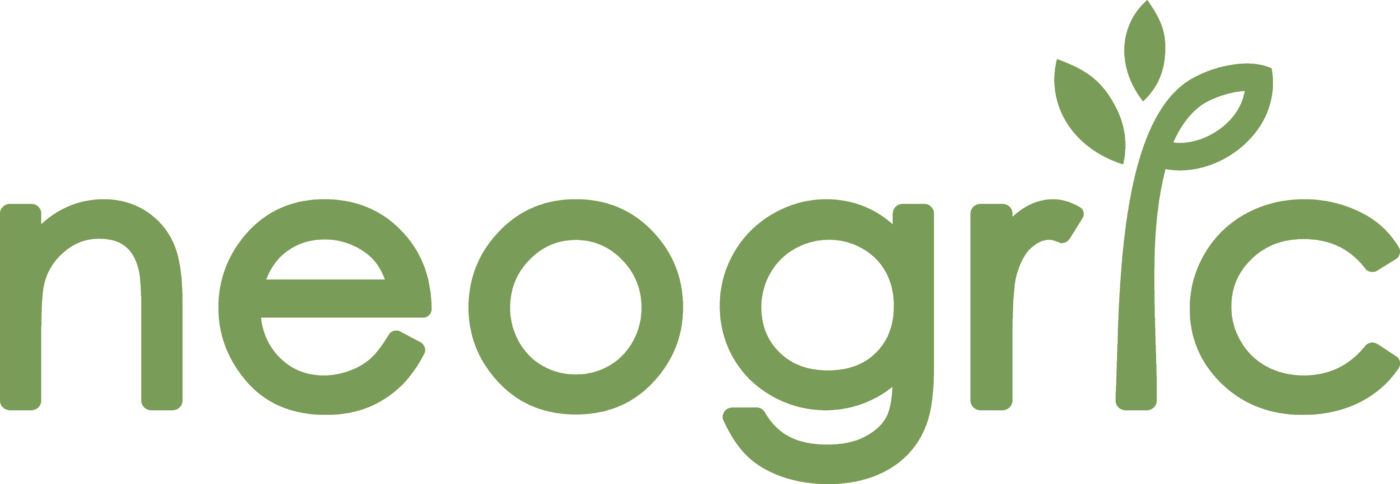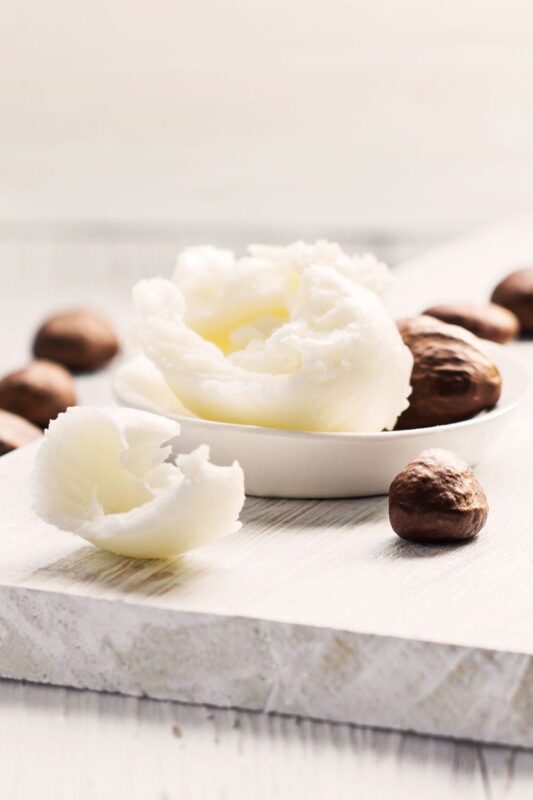What is Shea Nut?
The shea tree (also called Vitellaria paradoxa) is a small to medium-sized deciduous tree that grows to a height of 15-25 m. The leaves are arranged in a spiral form and are mostly in dense clusters at branch terminals. The fruit of the shea tree is initially green in colour but turns yellowish green or brown when mature; the shea fruit looks like a giant plum, it contains 1 or 2-seeds, is shaped like an ellipsoid (4-8 cm) and weighs 10-50 g. During the dry season, sheanut fruits provide energy. Sheanut butter, made from the huge fleshy seeds, has around 45 percent edible lardlike fat, which is utilized in food and cosmetics. Sheanut cake or meal, a by-product of the butter extraction, can be utilized as a feed. Shea nuts are obtained from the shea tree that is indigenous to many parts of Africa. The shea nut is the seed of the fruit of the shea tree. The fruit portion is typically removed to retrieve the hard-shelled nut. Shea nut is a very oil-rich seed.
The English word “shea” comes from s’í, the tree’s name in Bambara. It is known by many local names, such as kpakahili in the Dagbani language, taama in the Wali language, kuto in Twi, kaɗe or kaɗanya in Hausa, òkwùmá in the Igbo language, òrí in the Yoruba language, karité in the Wolof language of Senegal, and ori in some parts of West Africa and many others.
The Origin, Spread and Uses of Shea Nut?
The shea tree grows wild in West Africa’s arid savannah belt, from Senegal in the west to Sudan in the east, and up into the Ethiopian highlands’ foothills. It covers roughly 1,000 kilometers of savanna and 1 million square kilometers of woodland grassland (about 500 million trees) in 22 nations across the region. Benin, Burkina Faso, Cameroon, Central African Republic, Chad, Ethiopia, Eritrea, Ghana, Guinea Bissau, Ivory Coast, Mali, Niger, Nigeria, Senegal, Sierra Leone, South Sudan, Sudan, Togo, Uganda, Democratic Republic of the Congo, Kenya, and Guinea are among the countries where shea butter can be found.
Shea butter manufacture was documented by a testa discovered on the site of the medieval settlement of Saouga in the 14th century. It grows on a variety of soils, such as clay, sandy clay, sand, stony soil and laterites. It prefers colluvial slopes with moderately moist, deep soils, rich in organic matter.
Processing and Uses of Shea Butter and Shea Nut
Shea butter is an oil extracted from the kernel of the shea tree (Vitellaria paradoxa, Butyrospermum parkii). It thrives in the wild, where it receives no particular care or nourishment. Every aspect of this native tree has been discovered to be helpful. The shea tree has a useful fruit-bearing life span of 15–20 years, despite its modest initial growth. When clearing land for other agricultural activities under the indigenous farming system, Shea trees are conserved and its exclusive cultivation is restricted to avoid shading other crops; yet, the weeding and soil fertility management practices used for other crops also aid shea tree growth.
The shea fruit leads to the derivation of the shea nut, which contains the shea kernel. The kernel is the source of shea butter, which is removed via an arduous 22-step process (mostly by rural women) that takes several hours to create 1 kg of butter. It is estimated that 300,000 and 400,000 rural women are involed in the shea butter value chain.
Shea butter is mainly used in the cosmetics industry for skin- and hair-related products (lip gloss, lip stick, skin moisturizer creams and emulsions, and hair conditioners for dry and brittle hair). It is also used by soap makers and massage oil manufacturers, typically in small amounts, because it has plenty of unsaponifiables, and higher amounts result in a softer soap that has less cleaning ability. Shea butter is used as a cooking oil, a waterproofing wax, for hairdressing, candlemaking, and as an ingredient in medicinal ointments in several African countries, such as Benin. It’s used by traditional African percussion instrument builders to make wood (such carved djembe shells), dried calabash gourds, and leather tuning straps more durable.
Health Benefits of Shea Nut
Shea butter is a fat produced from the shea tree’s nuts. It has an off-white or ivory tint and is solid at warm temperatures. For ages, shea butter has been utilized as a cosmetic ingredient. It’s a terrific product for smoothing, calming, and conditioning your skin because of its high content of vitamins and fatty acids, as well as its easy-to-spread consistency. Here are benefits of Shea nut to human health are:
- Treats Dermatitis, Psoriasis, And Eczema
- Moisturizes Dry Skin
- Treats Acne And Blemishes
- Reduces Skin Inflammation
- Anti-Aging And Anti-Free Radical Agent
- Provides Relief To Itchy And Peeling Skin
- Restores The Elasticity Of The Skin
- Reduce Razor Irritation And Bumps
- Reduces Stretch Marks
- Cures Insect Bites
- Wound Healing
- Helps Treat Diarrhea
- Lowers Cholesterol
- Cures Nasal Inflammation And Nasal Congestion
- Cures Arthritis
- Treats Rheumatism
- Helps Soothe Skin And Baby Diaper Rash
- Excellent Lip Care
- Repairs Damaged Hair
- Soothes Dry And Itchy Scalp
- Prevents Hair Loss
- Effective Natural Conditioner, and so on.
Top Exporting & Importing Countries of Shea Nut
Shea nuts are very common in West-Africa indeed. As you can see, Nigeria is the main producer, followed by Mali. Nigeria produces around 450,000 metric tons per year.
- Nigeria (54.1%)
- Mali (25.5%)
- Burkina Faso (6.8%)
- Ghana (5.0%)
- Ivory Coast (4.6%)
- Benin (2.1%)
- Togo (1.9%)
Some of the leading importers of Shea nut are:
- United States (17.59%)
- Germany (11.86%)
- Netherland (6.48%)
- South Korea (6%)
- Spain (5.35%)
- United Kingdom (4.31%)
- Austria (3.94%)
- India (3.87%)
- France (3.81%)
How To Safely Source for Your Shea Nut Produce
If you find the right export company, buying directly from them can make the purchase process easy and stress-free, when compared with doing the sourcing on your own. That said, there are few things to note when dealing with an export company in Nigeria or Africa. The specific requirements for Nigeria are listed below, but they mostly apply to other African countries:
The exporting company must be registered with the Corporate Affairs Commission (CAC) to make sure the company is registered and permitted to carry out business operations.
The export company must also be registered with the Nigerian Export Promotion Council (NEPC).
The company must possess a domiciliary account to accept international payments.
The company should get all necessary export-related documentation done before the shipment leaves the port of origin. Some of the documents are:
- Certificate of origin
- Bill of lading
- Inspection Certificate (SGS, Cotecna, Bureau Veritas, Intertek, etc)
- Phytosanitary certificate
- Fumigation certificate
Where To Find Reliable Exporters
An important question that still needs to be answered is how to find shea nut exporters in Nigeria. You can use any of the methods listed below:
- Attend trade fairs
- Use search engines like Google, Yahoo, etc.
- Search for agents on Linkedln
- Sign up on trade platforms (e.g. Alibaba, Tradeford, Go4WorldBusiness)
Neogric offers a reliable global order fulfilment solution for Shea nut and other agric produce. Our end-to-end supply chain solution makes the export of quality shea nut easy, quick and safe. From the point of placing your order till it successfully gets delivered, we ensure you have nothing to worry about.
International Price of Shea Nut Per Metric Ton
The unit price ($ per kg) of Shea Nut in the international market depends on a host of different factors including:
- The grade of the produce (usually the more the processing, the higher the price)
- The price of the raw material
- Age of the seeds (this can affect the price)
- The quantity ordered (the greater the quantity, the cheaper you can get it per ton)
- Harvest season (it is more costly when it is out of harvest season).
- Freight & haulage cost
- Percentage of markup
- Import duties
- Distance from the country of origin
- Technology/Infrastructure available in country of origin
- Relationship between the buyer and seller
That said, as at July 2022, quality shea nut costs between $500 and $1,000 per metric ton (1,000 kilograms) in the international market (i.e. $0.5/kg to $1/kg).
How To Pay For Your Shea Nut Produce
You can pay for your kola nut using different methods, but three of the popular ways of paying for your agric produce are:
- Bank (T/T) Payment
- Advance Payment
- Letter of Credit (LC)
Bank Payment (T/T)
Bank payment is also known as T/T, “Telegraphic Transfer” or “Telex Transfer” In other words, it is an international wire of funds from the buyer’s bank to the seller’s bank.
A T/T is technically not the same as a wire transfer, which is often done through the SWIFT network. However, when a seller or supplier asks for a T/T payment, a wire transfer is what they are really asking for.
The wire transfer based on the SWIFT system is the most common payment method in international trade. Typically, it takes 3-5 working days to clear, and generally costs between 25 and 50 USD, depending on your agreement with the commercial department in your bank.
Advance Payment
There are sellers that will demand anywhere from 30% to 50% advance payment, and for good reason. If both parties have done deals in the past, sellers can ask for a percentage of the sales (about 30%) before they ship the produce and they can request for the remaining amount after a scanned copy of the Bill of Lading has been sent to the buyer.
It is the safest option for exporters and it also guarantees that they will have some funds to help with sourcing. It is popular among manufacturers on B2B marketplaces like Alibaba and also with commodity traders.
However, advance payment carries considerable risk for the importer (buyer) because the exporter (seller) might not be under as much pressure to ensure quality checks compared with a stricter form of payment. Some might even disappear entirely.
Having said that, advance payment is very useful and is widely used. For instance, the seller might need to secure the commodity in the face of increased competition. It can also be used when the exporter needs some money for sourcing the produce or for processing raw materials.
The most important thing is for both importer and exporter to build mutual trust by having a track record of successful deals with each other or other known companies.
Letter of Credit
Letter of Credit is an agreement generated by the bank of the buyer, guaranteeing payment once certain conditions are met. It is one of the safest types of payment available to both buyer and seller.
Some of the types of Letter of credit are:
- Commercial Letter of Credit,
- Sight Letter of Credit
- Transferrable or Non-Transferable Letter of Credit
- Standby Letter of Credit (SBLC)
- Usance or Deferred Payment Letter of Credit
- Revocable or Irrevocable Letter of Credit
- Confirmed or Unconfirmed Letter of Credit
- Revolving Letter of Credit
- Green Clause Letter of Credit
- Red Clause Letter of Credit
L/Cs are not totally safe (for either buyer or seller) too. For instance, sellers can ship substandard products or those that are different from the ones agreed upon. In this case, the seller gets paid and the buyer receives good he cannot use.
And speaking of the dangers of L/Cs for the exporter, the conditions in the Letter of credit might be practically impossible to fulfil; if an exporter agrees to such, he might be unable to receive payment. A report stated that of the letters of credit received in the UK, 50% are unworkable while 70% are rejected by the banks for payment.
Shipping & Delivery Terms
When shipping your products, it is important to take note of a few factors:
Order Quantity
For smaller shipments, airfreight is often the preferred option but as the order volume increases, sea freight could become significantly cheaper. Usually when the order is close to a full container load (20 ft), sea freight is used. Despite all these, the Covid-19 pandemic has caused an increase in cost of delivery of products.
Cost of Delivery
When the order is of a large volume, sea freight often turns out cheaper than air freight. In fact, airfreight could be up to 6 times more costly than sea freight if the volume is large enough.
Time of Delivery
Sometimes, time will be more important to the buyer than the cost of delivering the produce. In this case, air freight will be the logical option (as stated above, the cost will be more). But if you have more time as a buyer, you should strongly consider using sea freight.
Incoterms
Incoterms refer to generally accepted shipping and payments terms. For example, buyers that have representatives in the source country or that can negotiate with the freight company can use the Free of Board (FOB) terms, since it gives them more control and can save them some money.
However, if the shipment is small or the buyer doesn’t have an extensive network to effectively handle payment for freight, insurance and port charges, he will be better off choosing the Cost-Insurance-Freight (CIF) payment option.
Import Shea Nut The Right Way with Neogric
Neogric is a trusted global order fulfilment and sourcing solution company with deep expertise in the Shea Nut industry. Our end-to-end supply chain solution makes the export of quality Shea nut easy, quick and safe. Whichever region of the world you are, be it Europe, Asia, USA, Canada, Africa, South America or Oceania, you can reliably order your agric products and we will ensure it is successfully delivered to you.
Our Shea Nut trade specifications are listed below:
- Origin: Nigeria
- Product Name: Shea Nut
- Physical Specification: Based On Buyer’s Specification
- Quantity: Based On Buyer’s Specification
- MOQ: 10 Metric Tonnes
- Trade Process: Ex Works/FOB/CIF
- Oleic acid: 40–60% Max
- Stearic acid: 20–50% Max
- Linoleic acid: 3–11% Max
- Palmitic acid: 2–9% Max
- Linolenic acid: <1% Max
- Arachidic acid: <1% max
- Moisture Content: 8% Max
- Other Colours: 5% Max
- Inspection: SGS/Cotecna/Intertek/Bureau Veritas
- Packaging: Based On Buyer’s Specification
- Payment Method: TT (Bank Transfer) or L/C
- Shipping Time: 15 to 25 Days After Confirmation of TT or L/C
- Loading Port: Lagos, Nigeria or Tema, Ghana
Expected Shipping Documents
- Bill of Lading
- Certificate of Origin
- SGS Inspection Certificate
- Phytosanitary Certificate
- Fumigation Certificate
- Commercial Invoice
- Packing List
Contact Us
Tel: +2348147860157
Email: neo@neogric.com
WhatsApp:
Place Your Shea Nut Order
Click the button below and tell us about your Shea Nut needs. We will be glad to help you export Shea Butter based on mutually agreed terms.


